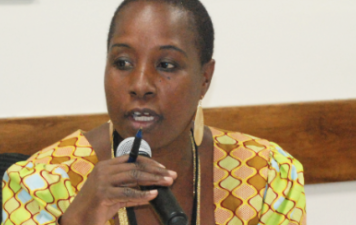As Malawi continues its journey towards achieving the ambitious goals outlined in the Malawi 2063 Vision, it is becoming increasingly clear that the creative sector must be at the forefront of the country’s development. President Lazarus McCarthy Chakwera’s meeting on Friday, 13th September 2024, with the Artists Association was a significant step in acknowledging the vital role that artists and creatives play in shaping the social, cultural, and economic fabric of our nation.
The President’s acknowledgment that much of the creative work by Malawians remains unaccounted for, uncelebrated, and uncompensated is a sobering reality that demands our collective attention. The creative industries have the power to not only educate, entertain, and unite our people, but also to generate sustainable livelihoods and contribute to the country’s economic prosperity.
By formalizing the creative sector through the newly passed National Arts and Heritage Council Bill, the government has taken an important step in creating an enabling environment for the growth and development of the arts. However, this is just the beginning. For the creative economy to truly thrive, the partnership between the government and the creative community must be strengthened, with a shared understanding of the challenges and a collective commitment to finding solutions.
One of the key areas that requires immediate attention is the need to build the capacity of Malawian artists and creatives. Many talented individuals in the sector struggle to make a living from their craft due to a lack of access to resources, training, and market opportunities. By investing in programs that enhance the skills and entrepreneurial capabilities of artists, we can empower them to transform their passion into sustainable careers.
Moreover, the promotion of public-private partnerships in the management of cultural facilities and the negotiation of tax reliefs on crucial imports can significantly boost the growth and competitiveness of the creative industries. These strategic interventions will not only support the artists themselves but also attract investment, foster innovation, and generate new revenue streams for the country.
The President’s decision to add a portfolio on Creative Industries to his Council of Advisors is a promising step, as it ensures that the voices and concerns of the creative community are directly represented at the highest levels of government. This direct line of communication can lead to the development of tailored policies and initiatives that address the specific needs of the sector.
As we strive to achieve the pillars of the SUPER Hi-5 Agenda – Uniting Malawians and Prospering Together – the creative sector must be at the heart of our efforts. By unlocking the full potential of Malawi’s creative economy, we can not only empower our artists and creatives but also fuel the broader economic and social transformation envisioned in the Malawi 2063 Vision.
It is time for us to recognize the tremendous value that the creative industries bring to our country and to work together – the government, the private sector, and the creative community – to create a thriving ecosystem that celebrates, supports, and elevates the artistic talents of Malawians. The future of our nation depends on it.













